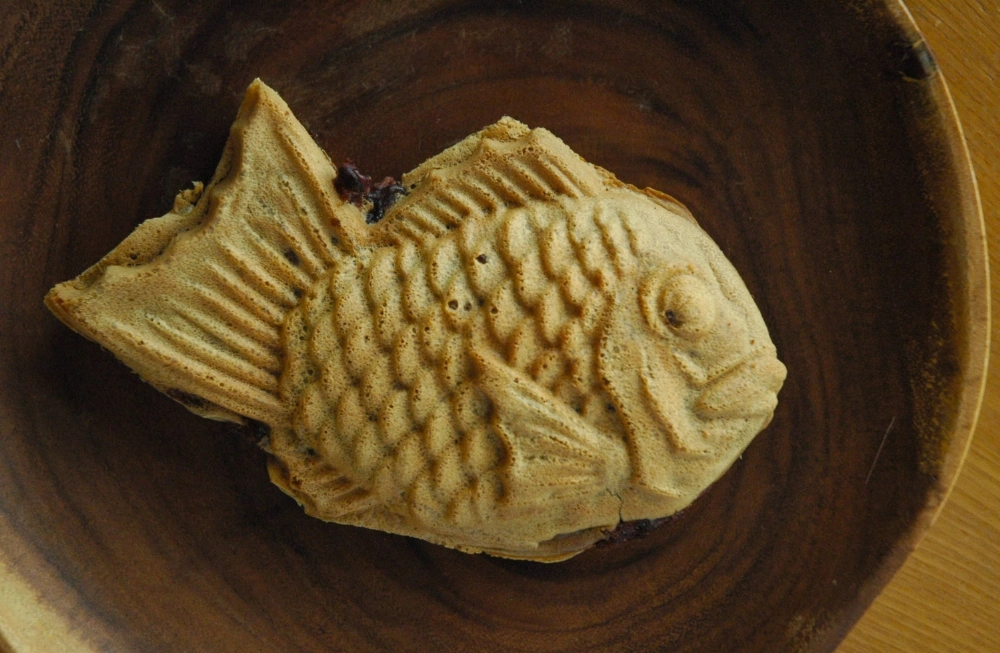The world of sweets in Japan is vast. It’s a realm unto itself that positively jostles with originality and regionality, imported flavors and home-grown traditions.
A particularly recognizable member of the Japanese sweets family is taiyaki. Shaped after its namesake — tai or sea bream — it is made by pouring a wheat flour batter into a cast-iron mold and then filled with (traditionally, at least) adzuki bean paste before it is cooked (yaki) or baked. Today, the bean paste is just one of hundreds of available fillings, which run from custard to ice cream and risotto to matcha.
The origins of taiyaki aren’t exactly clear, but a popular theory suggests that it may have originated at Naniwa-ya, a shop that opened in Tokyo’s Azabu-Juban neighborhood in 1909. Imagawayaki, a squat, cylindrical sweet made in the same way and with a history dating back to the Edo Period (1603-1867), could have also been taiyaki’s progenitor.


















With your current subscription plan you can comment on stories. However, before writing your first comment, please create a display name in the Profile section of your subscriber account page.